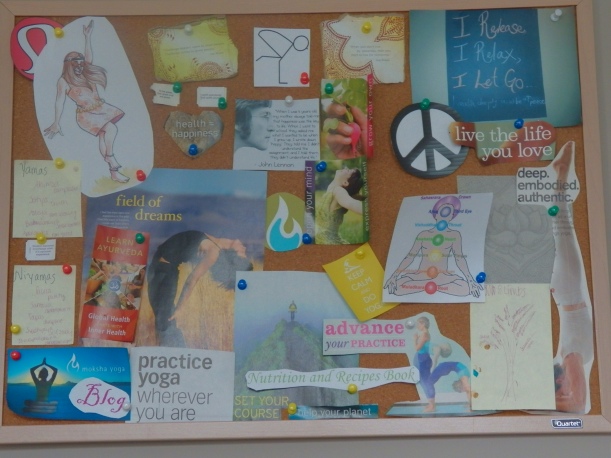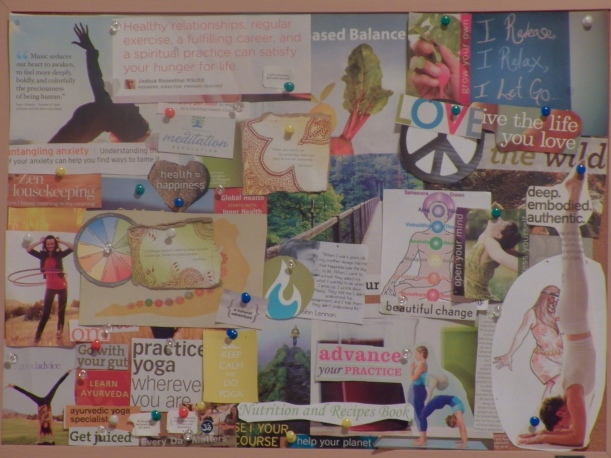
In any field or lifestyle where you are primarily putting the needs of others before yours, there is a possibility of Compassion Fatigue and Burn Out. This is due to the fact that is can be exhausting and stressful to have someone’s needs, and sometimes life, depend on your skills and abilities. You constantly have to be focused, thinking and keeping them engaged in what you are doing. As SLP’s, this can be even harder because you are caring for people of ALL ages in so many different settings, where you are sometimes responsible for their ability to think and communicate effectively or perhaps even to nourish their bodies safely. It can be beautiful but draining work, that comes with the additional stress of productivity levels, paperwork and a lack of understanding from those around you. It can be extremely stressful and, when that stress becomes chronic or daily, it can become serious and turn into Burn Out.
Burn Out is recognized by the World Health Organization and is real. It is also manageable and treatable. If you are feeling overwhelmed by stress and anxiety, and think you might be heading toward burn out, there are things you can do to help reduce it. I’ve partnered with the ASHA Leader Blog today to share 3 simple, but hugely effective, things you can do to help reduce and prevent Burn Out as an SLP. (more…)






